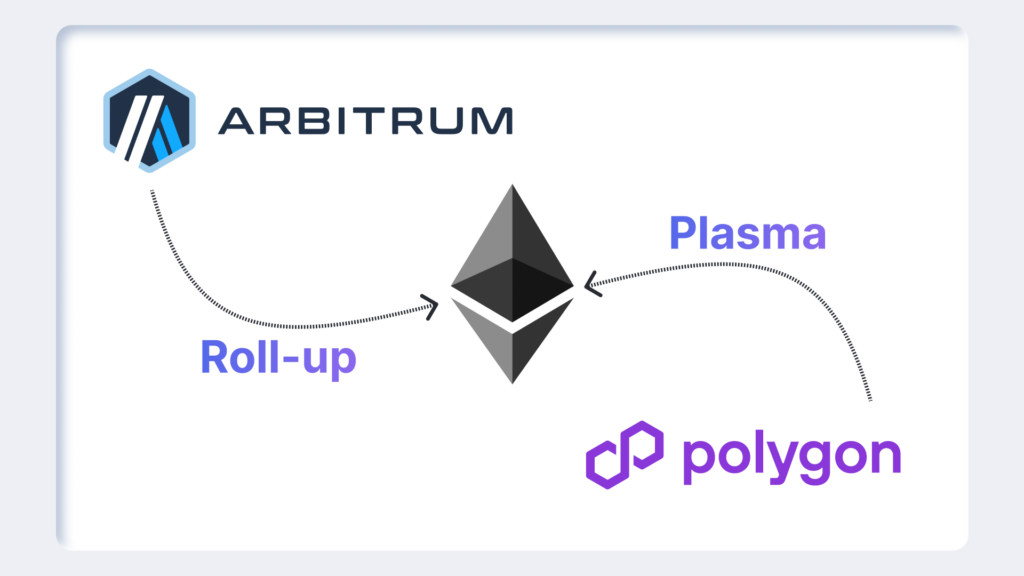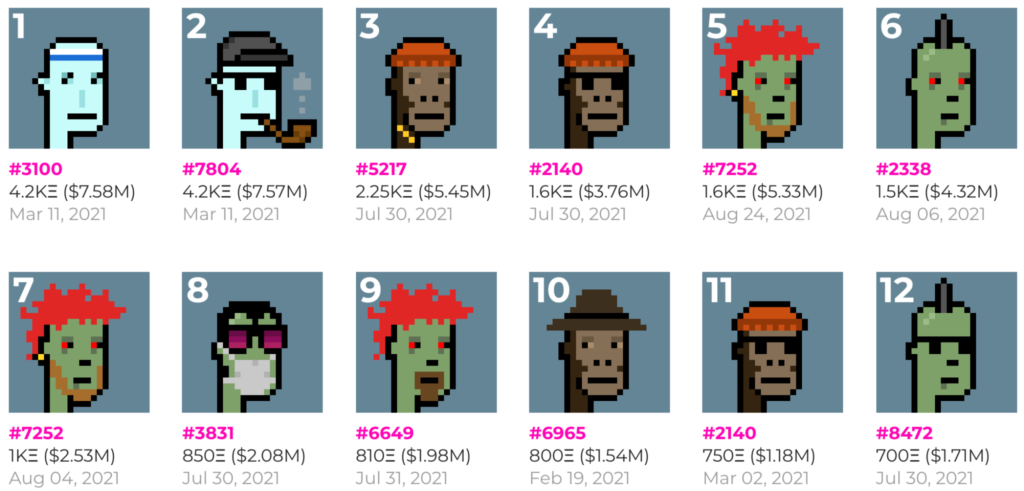Wyoming has announced plans to launch its WYST stablecoin this July, signaling a turning point for U.S. states interested in tokenizing their treasury holdings. LayerZero, an interoperability protocol, will handle the stablecoin’s issuance. The project aims to back WYST with cash, U.S. Treasury bonds, and repurchase agreements, ensuring a strong 102% reserve requirement. The goal is to offer a trusted on-chain dollar experience while leveraging the interest to support public programs.
The state is currently evaluating nine potential blockchains for WYST. Among the top contenders are Ethereum, Polygon, and Solana. Each provides unique scalability and cost advantages. Wyoming’s Governor, Mark Gordon, announced this collaboration at the DC Blockchain Summit. Notably, the plan does not appear to involve Senator Cynthia Lummis, a vocal crypto advocate. Nonetheless, the stablecoin’s unveiling aligns with rising national interest in stablecoins, particularly after President Trump’s recent comments on their role in global dollar dominance.
Emerging Stablecoin Landscape
Stablecoins have seen tremendous growth in the crypto market. They function as bridges between traditional and digital economies. By anchoring value to tangible assets, stablecoins mitigate volatility. For Wyoming, it’s more than a financial tool; it’s a statement about innovation. Instead of adopting a purely crypto-first approach, the state is cautiously mixing frontier technology with conventional safeguards.
The Rationale for WYST
Wyoming has historically leaned into blockchain initiatives. Its laws support decentralized technologies, attracting projects and entrepreneurs. However, the state’s earlier push for a Bitcoin reserve did not move forward. Fiscal conservatives objected to using taxpayer funds for Bitcoin. This time, WYST has garnered wider appeal by offering guaranteed reserves in safe, liquid assets. The objective is to keep it fully collateralized so it remains pegged to the U.S. dollar.
Funding Education and Infrastructure
State officials believe the interest earned on reserves could improve public programs like education. Because the WYST stablecoin must maintain at least 102% in secure collateral, the plan hopes to generate returns without posing excessive risk. If this pilot succeeds, further allocations might follow. Wyoming manages around $31 billion in investments, so there is capacity to scale WYST if demand surges.
A Potential Model for Other States
If WYST thrives, it may spur other states to adopt stablecoins. Lawmakers seek efficient ways to manage liquidity and reduce transaction overhead. Governor Gordon suggests that a well-structured stablecoin can act as a 24/7, on-chain dollar. That could cut settlement delays and reduce reliance on external payment networks. Observers are watching closely to see if Wyoming’s approach becomes a reference point for future public-issued stablecoins.
The introduction of WYST stablecoin represents a new chapter in how governments engage with blockchain-based assets. By mixing time-tested financial tools with cutting-edge technology, Wyoming hopes to establish itself as a trusted innovator. Should this experiment prove effective, it could reshape how states deploy public capital. For now, all eyes turn to July, when the official launch will determine whether Wyoming’s stablecoin vision will find lasting success.


